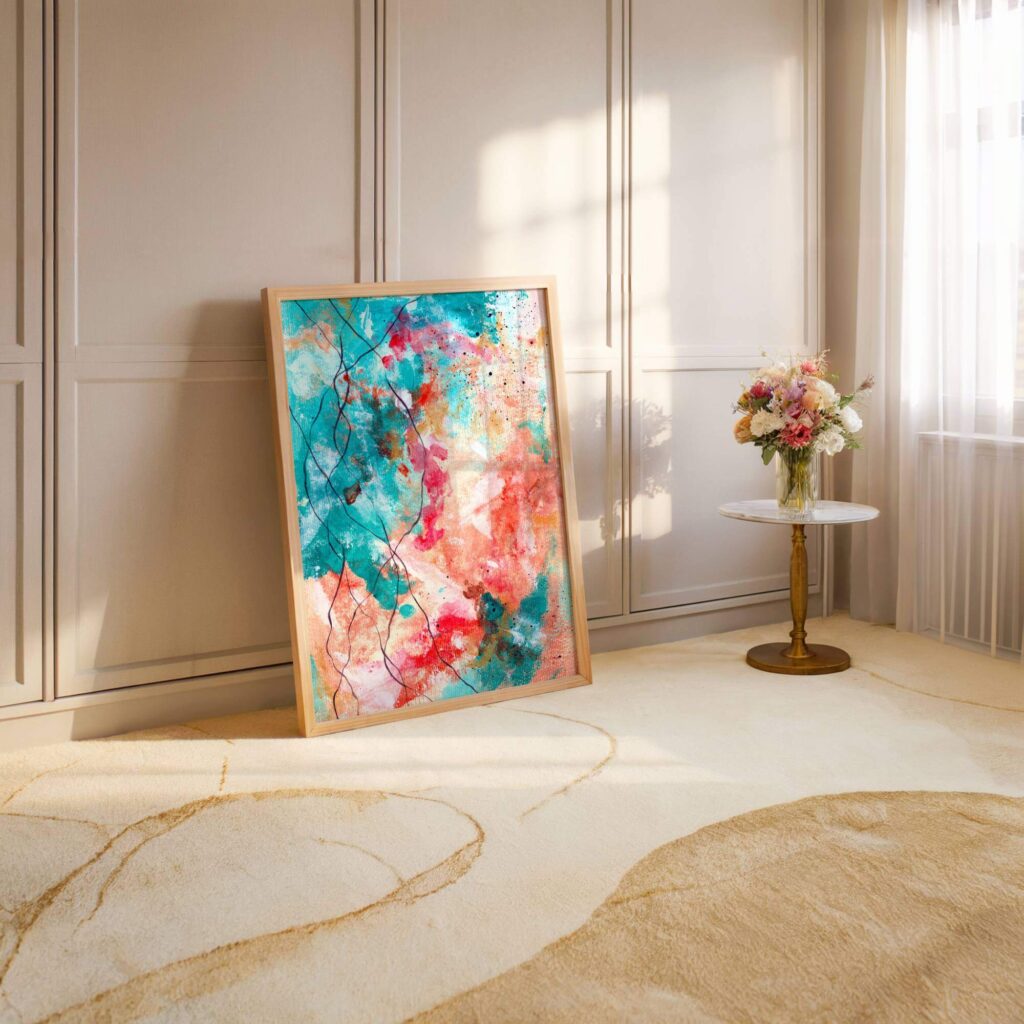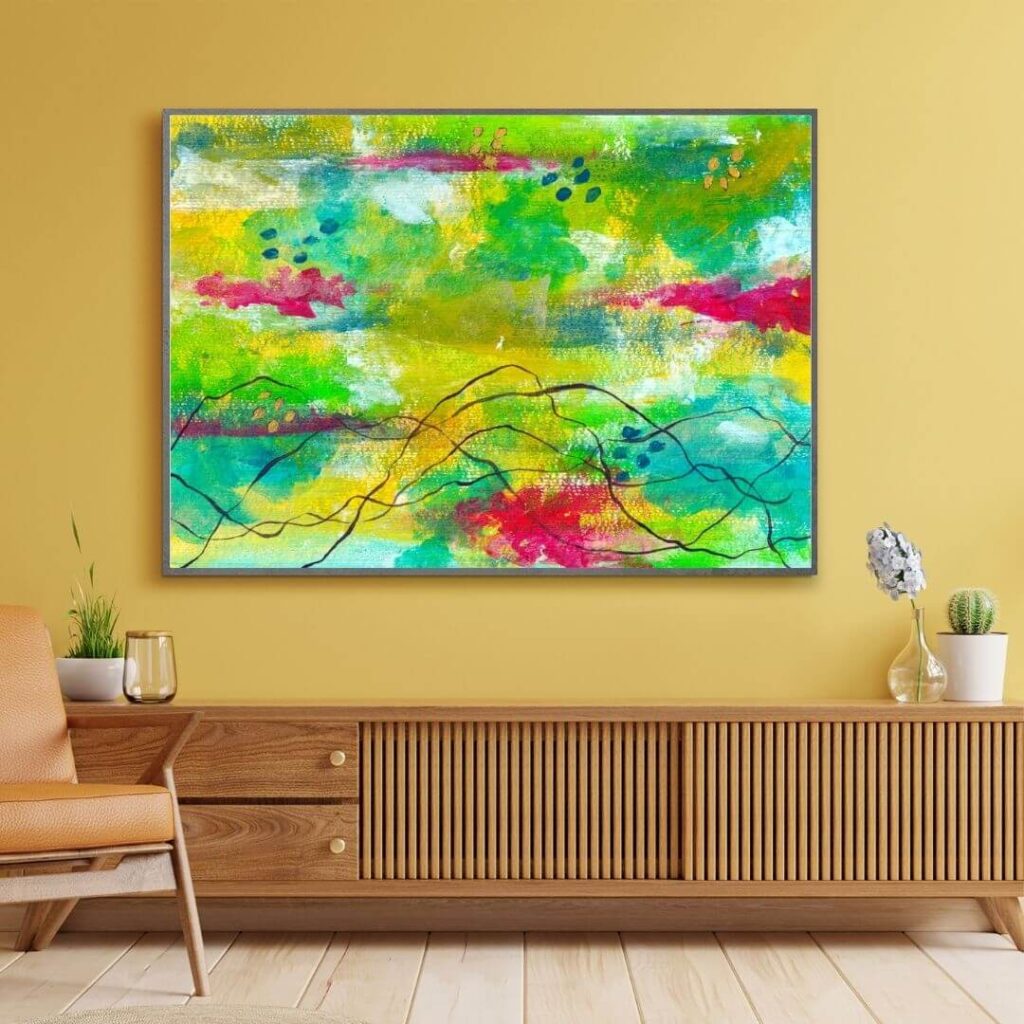Soulspace: Why We Need Quiet Communities in a Loud World
There’s a difference between being alone and being anchored. Between isolation and stillness. Between noise and presence.
For most creatives, especially those who move through the world with emotional awareness, the last decade hasn’t just been fast, it’s been disorienting. The rise of social platforms, the collapse of boundaries between personal and professional life, the expectation to constantly share, update, build, explain… even our quiet moments now carry the residue of visibility.
But some of us have started to step away. Not out of rebellion. Out of necessity.
We’ve begun searching for something slower, truer, less shaped by metrics and more shaped by meaning. Not because we’re fragile, but because we know what’s at stake when we force our inner lives to perform.
Quiet creative communities are beginning to surface as a response to this shift, not as digital programs or engagement groups, but as intentional environments. Sometimes shared. Sometimes solitary. But always rooted in a deeper value system: presence, reflection, emotional accuracy, and trust. These quiet creative communities are offering something most of us didn’t realise we were missing until we experienced it, space without performance, and connection without noise.
This article explores why those spaces matter, how the mainstream version of “community” has failed many deep-feeling creatives, and why something quieter, slower, more truthful, and more private is quietly becoming essential.
Not just for the artists.
But for those who support them.

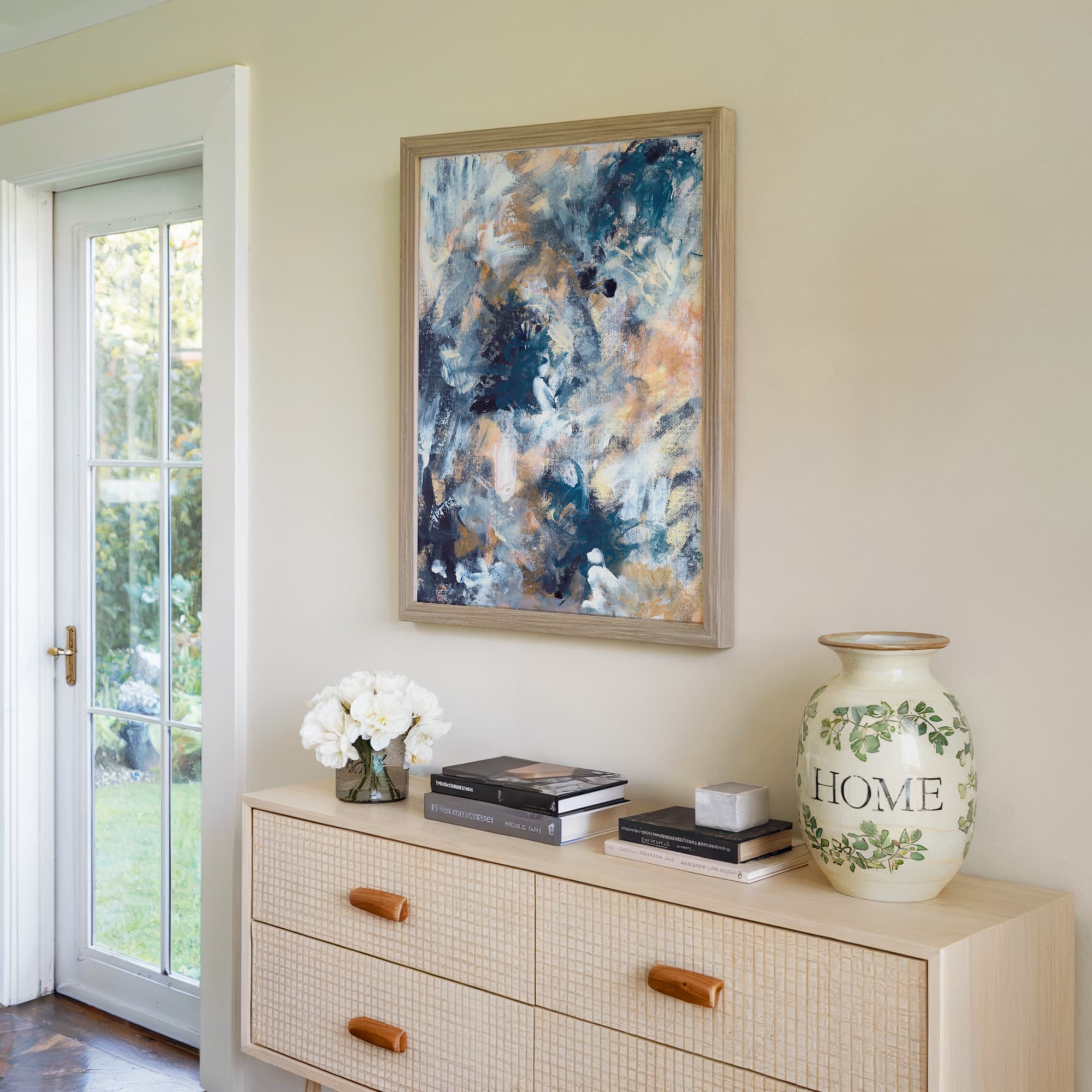
The Rise of Quiet Creative Communities
The phrase “quiet creative community” might sound like a contradiction, especially in a world where creative spaces have become synonymous with group chats, live calls, and dopamine loops.
But this rising undercurrent of still, emotionally intelligent spaces isn’t a trend. It’s a recalibration.
More and more people, artists, writers, thinkers, supporters, are opting out of environments that reward volume over truth. They’re leaving behind spaces that confuse productivity with value. They’re walking away from the performance of being “in community” when what they really need is intimacy, spaciousness, and emotional resonance.
Quiet creative communities are not built on interaction. They’re built on integrity.
They often look like:
- A seasonal rhythm, not a constant stream
- Fewer voices, more care
- Private reflection, not public performance
- Invitations, not obligations
- Emotional trust, not motivational hype
- And crucially, they’re often invisible.
They don’t thrive on visibility metrics. They don’t require people to “engage” on demand. They don’t chase growth or scale or virality. In fact, they tend to shrink intentionally, to stay aligned with the energy that made them possible in the first place.
For the person inside them, whether as a creator or supporter, the difference is immediate. The nervous system softens. The mind stops spinning. And the work, both emotional and creative, deepens.
Because in a world that won’t stop shouting, stillness becomes a form of remembering. And for those who’ve spent too long inside noisy systems, that remembering feels like coming home.
Why Most Quiet Creative Communities Reject Performance Culture
We’re not short on options. There are thousands of online “communities” promising support, connection, visibility, and momentum.
But ask most emotionally intelligent creatives how they feel in those spaces, and the answer is nearly always the same: drained. Unseen. Disconnected.
It’s not that these spaces don’t have good intentions. It’s that they’re built around the wrong assumptions.
Most communities are designed to be scalable. Engaging. Growth-focused. Which means their underlying structures are built for interaction, not reflection. Contribution, not contemplation.
That’s fine if you’re trying to build a network.
But it doesn’t work if what you actually need is space.
The deeper truth? Many of these spaces aren’t really communities. They’re performance loops. You share to be seen. You comment to be visible. You show up not because you’re inspired, but because the structure says you should.
Over time, something begins to hollow out. You’re present, but not connected. Active, but not nourished. And the work you care about, the work that needs stillness to survive, starts to shrink to fit the rhythm of the room.
That’s the fracture point.
And for the people who feel it, the decision to leave doesn’t feel dramatic. It feels like relief.
It’s not that we don’t want to belong. It’s that we want to belong somewhere that doesn’t ask us to fragment ourselves to stay in the room.
Quiet creative communities answer that desire in a different way. They don’t demand presence. They invite trust. They don’t reward quick updates. They protect deep work. They don’t ask for content. They offer care. And in doing so, they reframe what community actually means, not interaction, but mutual respect. Not pressure, but quiet presence.

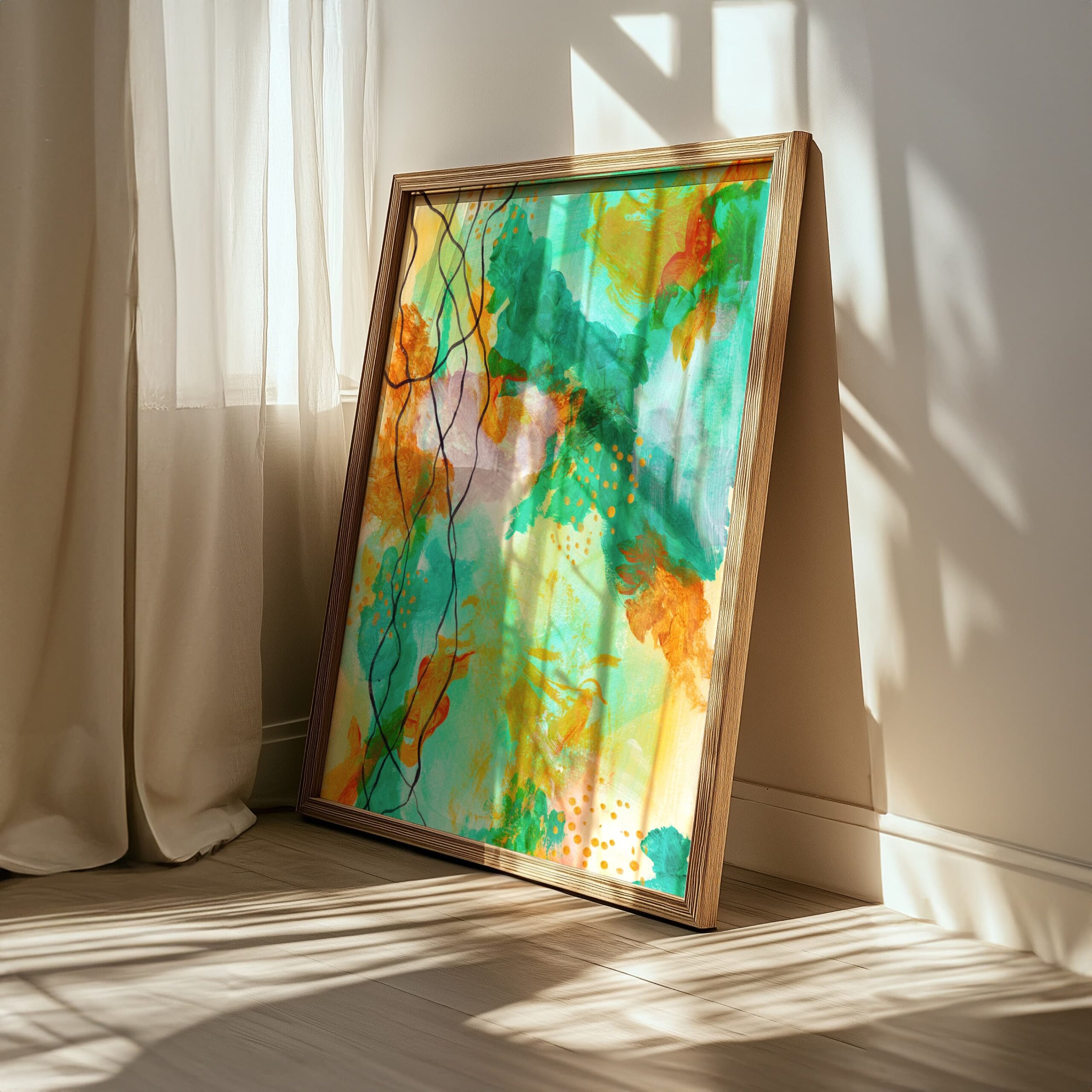
Why Quiet Creative Communities Offer Relief from Visibility Fatigue
There was a time when being visible felt like a gift. You shared something raw, something that mattered to you, and someone on the other side received it with care. The exchange felt mutual. Alive. You weren’t building a brand. You were being witnessed.
But over time, something shifted. Visibility stopped feeling like connection and started feeling like exposure. You weren’t just seen, you were scanned. Parsed. Interpreted. Your work wasn’t just your offering anymore; it became part of a feed, reduced to its usefulness, optimised for engagement, judged on a rhythm that never matched your own.
And still, the systems around you insisted visibility was the goal. That if you weren’t consistently publishing, you were falling behind. That if you weren’t keeping up, you weren’t serious. That your absence would make you irrelevant. So you learned to shape things quickly. To polish insight prematurely. To keep making, even when your internal landscape was saying stop.
What gets lost in that pace isn’t just energy, it’s accuracy. Not everything is ready to be turned outward. Some ideas need more time underground. Some truths require tenderness to emerge fully. And some parts of the process are too sacred to be shared in real time.
Quiet creative communities exist because visibility, as it’s currently structured, doesn’t make space for any of that. These aren’t platforms designed to boost reach or maximise impressions. They’re not stage-based ecosystems. They are designed to hold, not to promote, but to protect. Not to scale, but to sustain.
Inside these quieter spaces, you’re not asked to produce just to prove you’re still present. You don’t have to document your process for it to be real. There’s no expectation to explain your value before it’s felt. The timeline shifts. The rhythm returns to something organic. And instead of watching your own work perform, you begin to reconnect with it, not as a product, but as a practice.
That’s what people miss when they dismiss these spaces as unscalable or soft. They forget that most meaningful creative work isn’t made in public. It’s made in stillness. And it’s preserved by the people who know how to hold that stillness, not rush it into the feed.
What It Actually Feels Like to Be Held Without Expectation
There’s a kind of fatigue that doesn’t show up in your work, at least not right away. It shows up in your body. In your inability to sit still. In the subtle resistance you feel before sharing something honest. In the way you start to scan yourself mid-process, asking whether what you’re about to express is useful, appropriate, publishable. Most of us don’t even notice when that habit begins, it comes in gradually, through well-meaning spaces and structures that suggest our presence only matters when it’s articulated, visible, optimised, or timely.
The result is that even the most emotionally intelligent creatives begin to self-edit in the spaces they’ve joined for support. They start to apologise for silence. They feel pressure to contribute. They assume that their value lies in output. And because these assumptions are rarely challenged, they’re often rewarded, we start to internalise them as truth.
This is why truly quiet creative communities feel unfamiliar at first. Not because they’re inactive, but because they remove the unspoken contracts we’ve grown used to navigating. You’re not required to participate in order to belong. You’re not penalised for stepping back. You don’t have to explain where you’ve been or promise when you’ll return. You are allowed to be here, as you are, in whatever rhythm you actually have.
And for a lot of people, that kind of holding feels disorienting. At least at the beginning. There’s nothing to react to, no deadline to meet, no call to action that needs your attention. What replaces those things is a kind of stillness that can be difficult to trust at first, until your nervous system begins to recognise what safety actually feels like.
When a space is designed to hold without extracting, something real begins to shift. You notice your own energy returning, not in a sudden burst of motivation, but in a quieter kind of clarity. You start to feel the pull toward creative work again, not because it’s expected of you, but because the environment you’re in doesn’t crowd it out. That’s when the deeper work becomes possible, not just creatively, but emotionally. You stop relating to your practice as a performance, and begin to inhabit it again as something lived. Something yours.
Being held without expectation isn’t the absence of connection, it’s the foundation of it. And once you’ve experienced that kind of holding, it becomes very difficult to tolerate the performative intensity of spaces that promise community but are built around pressure.
You don’t need more feedback.
You don’t need more accountability.
You need to feel safe enough that your real voice comes back.


Why Private Support Structures Create Braver Work
There’s a narrative we’re often sold about bravery in creative work, that it looks like risk, disruption, bold declarations. That if you’re brave enough, you’ll show up everywhere, speak loudly, stay visible. But that kind of bravery often isn’t bravery at all. It’s pressure with a polished edge. It’s urgency disguised as momentum. And it usually benefits systems that want your output, not your truth.
Real bravery doesn’t come from exposure. It comes from containment. It comes from being held by something stable enough, quiet enough, private enough, that your nervous system stops scanning and your mind is allowed to settle. That’s when the work that was too complex, too tender, or too contradictory to share in the past suddenly starts to come forward. This is exactly why quiet creative communities exist, not to demand output, but to allow the unseen, complex parts of creative life to emerge safely. Not because you forced it, but because the conditions are finally right.
Most creatives working from emotional depth don’t need a push. They need a perimeter. They need to know that the space holding their work isn’t transactional. That their silence isn’t a problem. That they won’t be asked to explain what hasn’t finished unfolding. And most importantly, that the people supporting them aren’t doing so because they expect a certain kind of outcome. They’re supporting the work for what it is, often raw, often shifting, sometimes invisible.
That kind of support changes the quality of what gets made. It doesn’t just allow for depth, it allows for honesty. There’s no need to tailor the work to suit an audience or a platform. There’s no subtle shaping to fit a narrative you didn’t fully choose. The artist no longer asks “Will this land?” before asking “Is this true?” And that order, truth before traction, is what makes the work endure.
Support structures that operate privately, outside of spectacle, outside of scale, create the kind of soil brave work needs to grow in. They’re not public stages. They’re not feedback loops. They’re slow, quiet, emotionally grounded relationships, sometimes between a few people, sometimes just two, that create safety without demanding visibility.
And this is where the role of the patron becomes not just relevant, but vital. Because the kind of work that changes things, deeply, not performatively, is rarely produced under pressure. It’s made slowly, in relationship, in stillness. And that stillness must be protected.
We don’t often talk about the emotional infrastructure behind brave work, but it matters. It’s not just the courage of the maker. It’s the courage of those who say: I will support this work, even if it never goes viral. Even if it stays quiet. Even if it doesn’t serve me in the obvious ways.
That kind of trust is rare. But when it’s present, it changes everything.
Why Slowness Builds Real Trust
We’re told to move quickly if we want to matter. Share often. Respond instantly. Keep the feed full and the algorithm happy. If you pause too long, people might forget you. If you slow down, you might disappear.
That logic runs deep, and it’s not just external, it lives in the body. Even when no one is asking us to rush, we do. Even when the space is generous, we brace for speed. We expect that if we’re quiet too long, the space will move on without us.
But real trust doesn’t develop in speed. It builds slowly, through small and consistent acts of care. Through presence without pressure. Through silence that doesn’t threaten connection.
Slowness is not just a relief, it’s a signal of safety. It tells the nervous system: you don’t need to perform to stay included here. You don’t have to stay visible to remain valued. You don’t have to produce to be allowed to rest.
In most conventional creative spaces, trust is conditional. It’s based on your activity, your usefulness, your availability. If you disengage, you drift. If you slow down, you fall behind. This keeps the space active, but not necessarily honest. You get participation. But you don’t always get presence.
Quiet creative spaces turn that structure on its head. They remove the timeline. In quiet creative communities, slowness isn’t a side effect, it’s part of the design. The space is structured to give your truth room to arrive fully, not on schedule. They let the relationship between creator and supporter unfold without pressure. They allow for long periods of silence, knowing the return will come when it’s ready, and that when it does, it will carry something true.
That kind of rhythm doesn’t just protect trust. It deepens it. Because when someone shows up not because they have to, but because they want to, because the space has allowed them to stay connected on their own terms, that’s when trust stops being conceptual and starts becoming embodied.
In a loud, reactive world, fast trust is easy to manufacture. But it’s rarely deep.
Slow trust, on the other hand, is harder to earn, but once it’s there, it’s unshakeable.
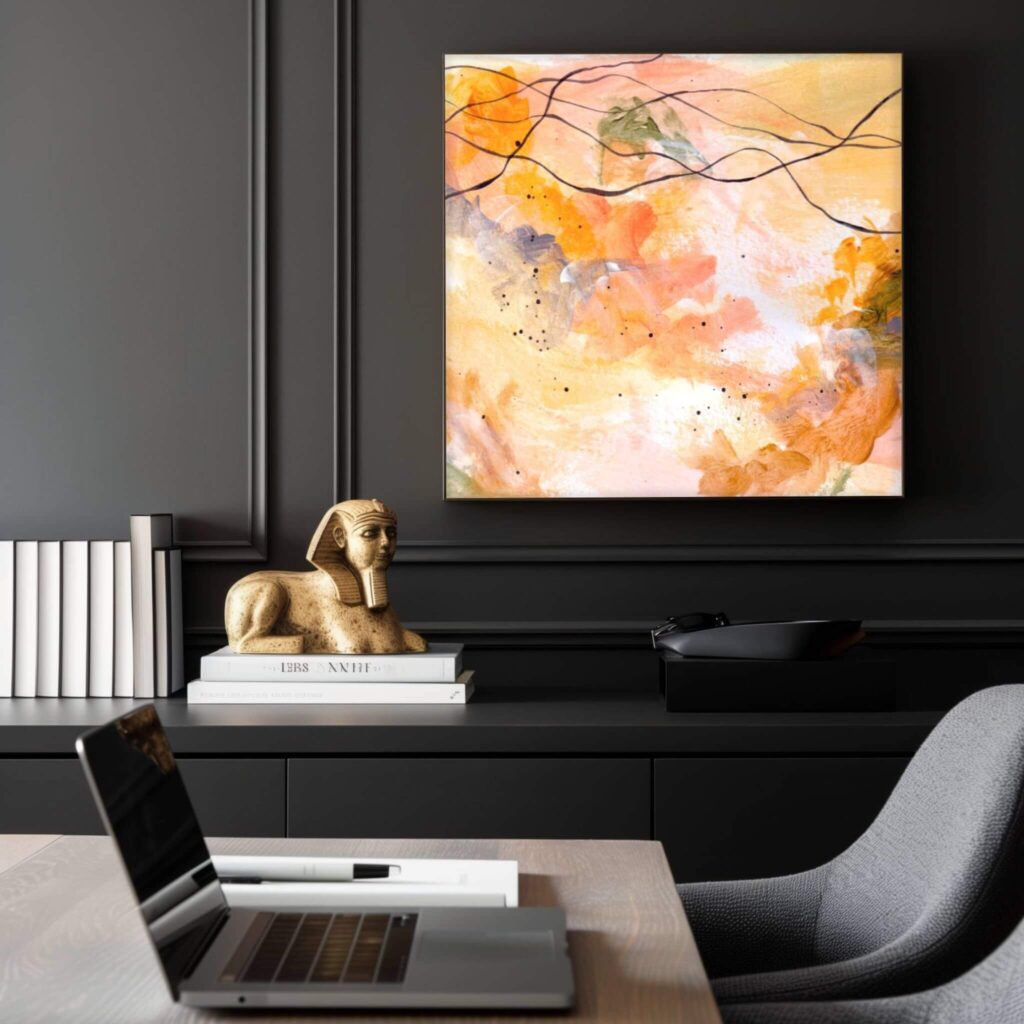
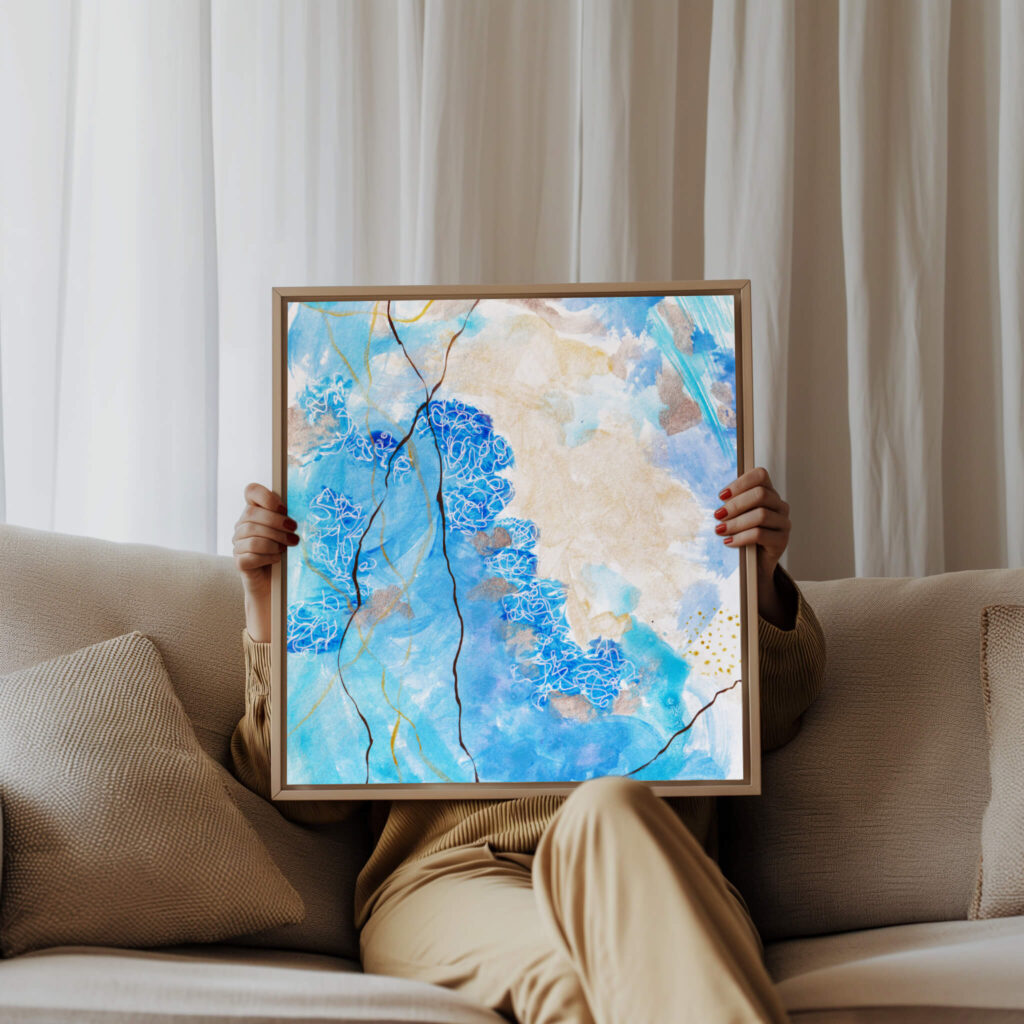
What Makes Quiet Creative Communities Emotionally Intelligent
We often hear the term “emotional intelligence” in relation to leadership or communication. But it matters just as much in the spaces we create, especially the ones meant to hold people’s creative or emotional work.
An emotionally intelligent space doesn’t just respond well to emotion. It anticipates it. It’s designed with the understanding that people move through different cycles, that presence will vary, that clarity often arrives after silence. It recognises that people don’t always show up at their best, and that showing up at all is something to respect.
Most spaces — even supportive ones — aren’t built with that level of awareness. They’re built around visibility, metrics, participation. Even if they market themselves as gentle or nourishing, they often have hidden structures that reward consistency, prompt contribution, and push for output. And whether intentional or not, that energy teaches people that their value is tied to what they give.
In a truly emotionally intelligent space, the design itself says something else. It says: You don’t owe us anything. Your rhythm is enough. Your work isn’t something we expect to shape. We trust you to show up in your own way, in your own time, and we’ll hold the door open when you do.
That kind of space doesn’t need high engagement to be alive. Its aliveness comes from the quality of attention inside it, the trust that’s built not through performance, but through the absence of demand. And when people begin to feel that, not just as a message, but in their bodies, they begin to trust themselves more deeply too.
Emotional intelligence in a space isn’t about soft branding or therapeutic language. It’s about structural care. It’s about building something that recognises the full emotional reality of the people inside it, and doesn’t try to edit that reality to make the space look more active or more impressive from the outside.
Most creators know what it feels like to be emotionally attuned. But to be in a space that reflects that back to you? That’s rare. That’s powerful. And for many, that’s what finally allows the deeper work to surface.
How Quiet Creative Communities Create Safety Without Comparison
There’s a subtle but important difference between being in a space with others, and being in a space where your presence is constantly weighed against theirs. Most online communities, even the ones built for creatives, blur that line without meaning to.
You enter looking for connection, but quickly find yourself comparing. You notice who’s more articulate, who’s posting more often, whose work seems to draw more attention. And even if the space is kind, that quiet pressure to match the energy around you begins to affect how you show up.
You might overexplain. You might shape your contribution to be more useful. You might hold back a part of your truth because it doesn’t feel tidy enough yet.
And before long, the connection you came in seeking begins to feel like surveillance, gentle, perhaps, but still constant. You’re not just sharing. You’re managing perception.
That’s not what most of us need. What we need is the kind of shared space that doesn’t collapse into performance. Where the presence of others doesn’t create pressure, but possibility. Where silence isn’t misread as disengagement, and honesty doesn’t have to be dressed up as insight.
This is what sets quiet creative communities apart. The shared energy isn’t about matching pace, it’s about creating an atmosphere where your real rhythm is welcome. They’re not reactive containers. They don’t centre activity. They’re built for a different kind of togetherness, one that respects interiority, honours emotional pacing, and allows people to be present without being exposed.
In those kinds of spaces, you don’t lose yourself in the group. You remember who you are in relationship to it. And that clarity, that clean energetic boundary, is what makes it safe to keep coming back.
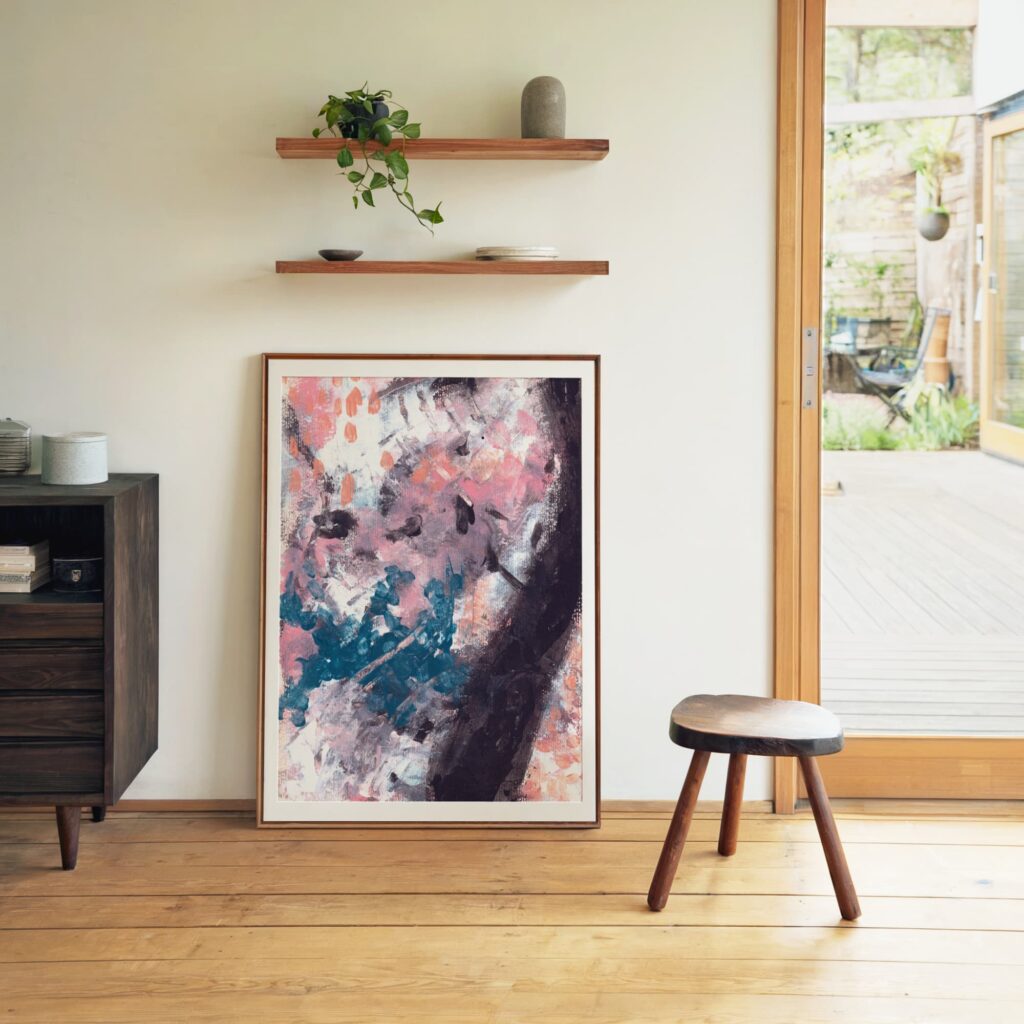
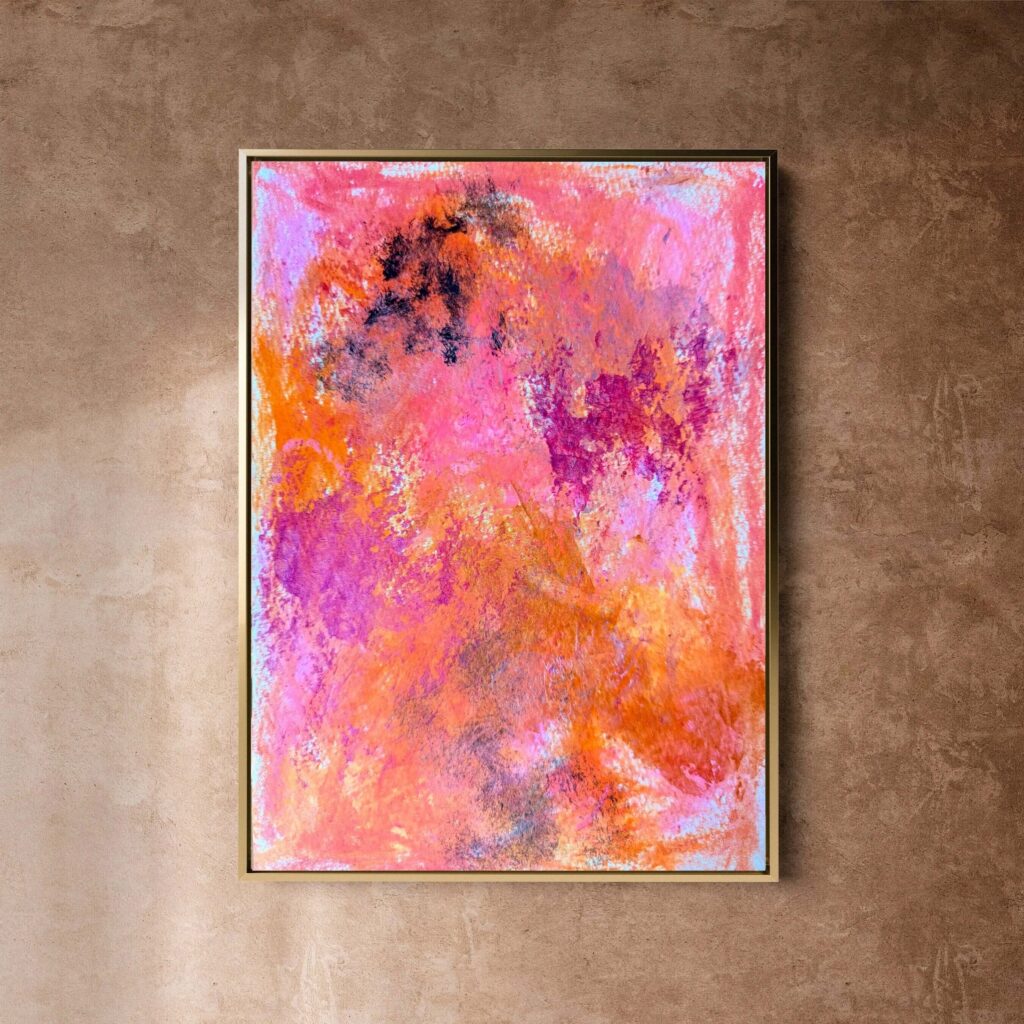
Why Some of the Most Vital Work Happens Off the Radar
We’ve grown used to measuring value through visibility. If something isn’t seen, it’s easy to assume it’s not happening. If an artist disappears for a season, we start to wonder whether they’re still making anything at all. If a writer stops sharing, the absence becomes louder than their last sentence.
But not everything meant to last can be made in public.
Some work needs time underground, not because it’s unclear, but because it’s still becoming. Some truths can’t be shaped into language until they’ve lived in the body for a while. Some insights aren’t ready for clarity yet, and trying to polish them too soon is a kind of harm.
In a world built to reward speed, this kind of slowness gets mistaken for inactivity. But the truth is, some of the most vital, transformative, emotionally accurate work is happening right now, in private spaces, behind closed doors, in long silences that are anything but empty.
This isn’t about secrecy. It’s about conditions.
If we want to make work that reflects the complexity of being human, the process of making it must be allowed to stay human too. That means uneven. Messy. Layered. Unshareable for long stretches of time.
And for that to happen, we need structures that support the invisible stages of creativity, structures that don’t just tolerate quiet, but honour it.
Not every patron wants to be in the spotlight.
Not every artist wants to broadcast their process.
But when those two meet, a deep-feeling creator and a quiet, emotionally intelligent supporter what emerges is not just a transaction. It’s a container.
And in that container, the kind of work that would collapse under public pressure is finally given a chance to thrive.
Soulspace: A Quiet Structure for Emotional and Creative Integrity
There’s a reason Soulspace doesn’t present itself as a programme, a membership, or a content hub. It was never designed to create activity. It was designed to protect it.
It isn’t a place to learn how to create. It’s a space that supports the part of you that already knows how, but often doesn’t have the right environment to return to.
Soulspace exists quietly, in the background of a real art practice. It moves seasonally, not weekly. It’s not performative. There are no platforms to check, no conversations to keep up with, no expectation to reply. What you receive is not curriculum, but care.
Each quarter, you’re invited into the same rhythm that shapes the work itself: a prompt, a private reflection, an optional ritual. These aren’t productivity tools. They’re anchors, honest ones. They reconnect you to the emotional core of what matters. Not just as a maker, but as a human.
There’s no forum. No community thread. No leaderboard of contributors. You won’t be asked to share, engage, or demonstrate your presence in any way. Soulspace trusts that presence looks different for different people, and that when the work is real, it doesn’t need to be proven.
Support begins at £10,000 per year. It’s not a fee for access, it’s an act of trust. That trust sustains the work. Not the content around it. The work itself.
And in return, what you receive is something very few spaces still offer:
A living connection to the emotional space behind the work.
A quiet channel of reflection that meets you as you are.
A year-long rhythm that moves slowly enough to let truth surface.
If you’re someone who values emotional clarity, creative privacy, and honest resonance, not as branding tools but as ways of being, then you already know how rare this is. Soulspace doesn’t try to scale intimacy. It protects it.
And for the few who support it, that quiet exchange becomes its own kind of creative nourishment.
My Offerings
Whether you’re a private collector, a wellness-focused brand, or a designer sourcing for a high-calibre project, I offer art that resonates deeply and subtly.

Collector's Vault
Canvas prints from the archive, made with emotional resonance and sustainable materials for spaces seeking depth.
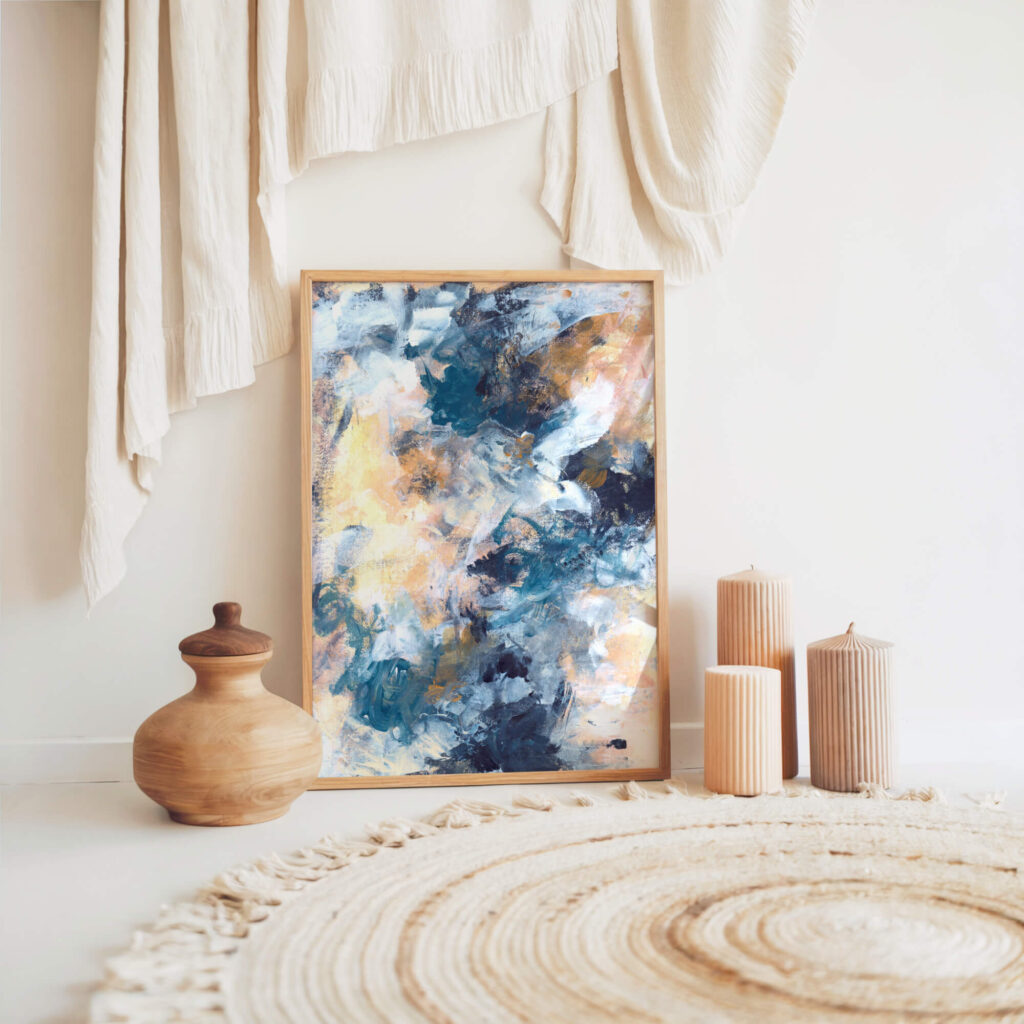
Capsule Commission
Created privately, one at a time, through stillness and reflection. Limited spaces each season to preserve depth and intimacy.
The Last 10
Ultra-limited, hand-embellished editions. No more than ten will ever exist. Made to ground, steady, and hold presence at the highest tier.
Conclusion: The Ones Who Choose Stillness Are Already Building the Future
It’s easy to believe that the world belongs to the loudest people. That the future will be built by those who scale the fastest, publish the most, or dominate the conversation. But underneath all that noise, something else is happening.
There are artists, thinkers, and patrons choosing another path. Not as a rejection of the world, but as a return to something deeper. They’re creating slowly. They’re listening before they speak. They’re supporting work that doesn’t always translate well into metrics, but that resonates in ways the metrics could never measure.
These people aren’t seeking visibility. They’re seeking truth.
They’re not waiting to be impressed. They’re listening for alignment.
And when they find something real, they’re willing to stand beside it, not publicly, but quietly, with trust.
Quiet creative communities are already showing us what’s possible when trust replaces traction, when art, thought, and support are allowed to unfold without performance.
That’s what Soulspace was made for.
Not to house a crowd.
But to support a few who understand the cost of honesty, and are willing to help protect it.
The future doesn’t need more noise.
It needs spaces where the ones who are still listening can come back to themselves.
Where the work that doesn’t shout still gets made.
Where stillness is recognised for what it’s always been, not a lack of power, but a way of holding it with care.
And those who choose that kind of stillness now?
They’re already shaping what comes next.
